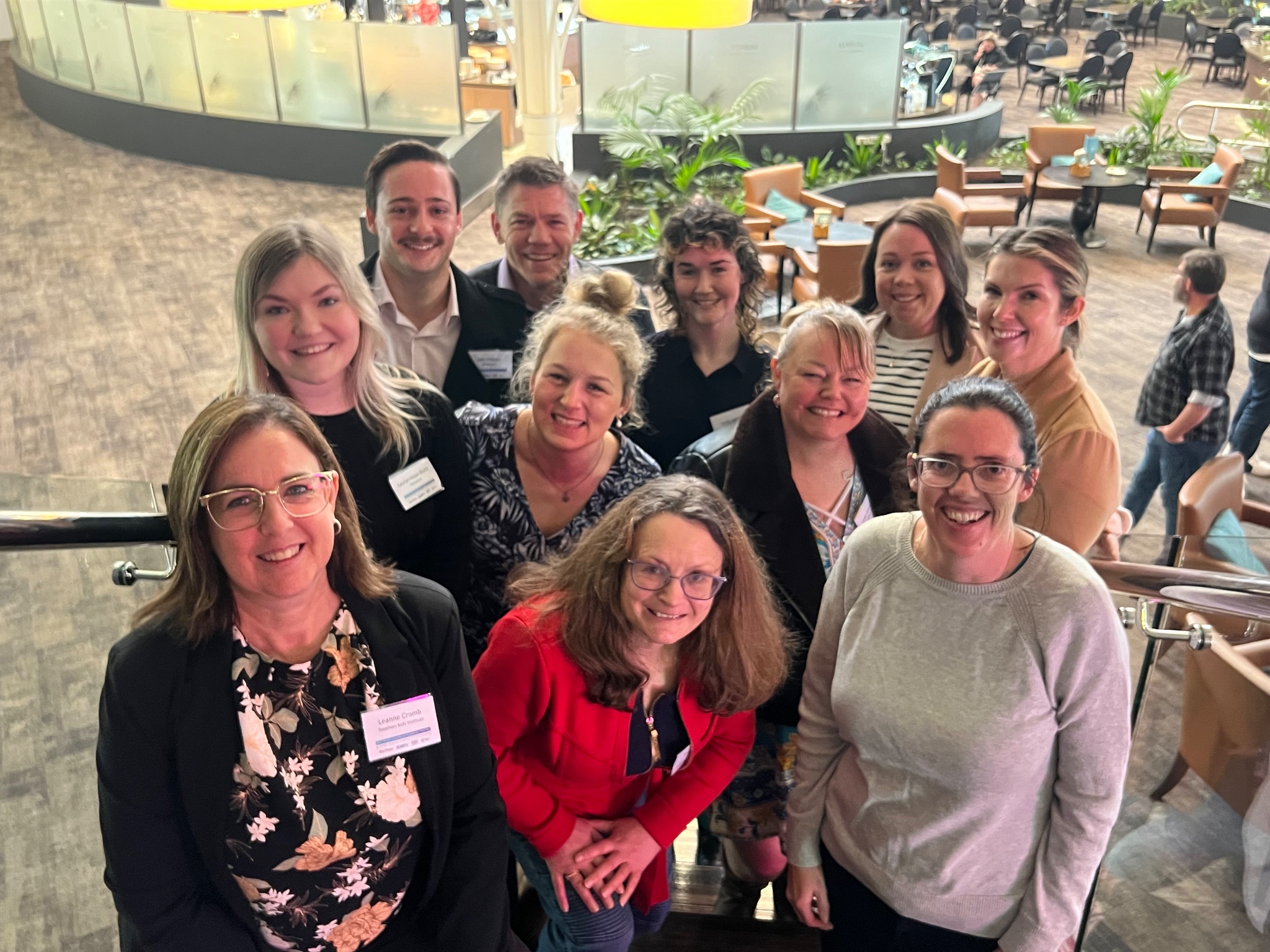Search
Showing results for "1"
Research
Sexually dimorphic facial features vary according to level of autistic-like traits in the general populationThe current data provide support for Bejerot et al.'s androgyny account since males and females with high levels of autistic-like traits generally showed...
Research
Association of gestational age at birth with reasons for subsequent hospitalisation: 18 Years of follow-up in a Western Australian population studyPreterm infants are at a higher risk of hospitalisation following discharge from the hospital after birth.
Research
The natural history of the MECP2 Duplication disorder: Australian surveillance and plans for development of an international registerHelen Jenny Leonard Downs MBChB MPH BApplSci (physio) MSc PhD Principal Research Fellow Head, Child Disability +61 419 956 946 08 6319 1763
Research
The application of population data linkage to capture sibling health outcomes among children and young adults with neurodevelopmental conditions. A scoping reviewSiblings of children with neurodevelopmental conditions have unique experiences and challenges related to their sibling role. Some develop mental health concerns as measured by self-reported surveys or parent report. Few data are available at the population level, owing to difficulties capturing wide-scale health data for siblings. Data linkage is a technique that can facilitate such research.

News & Events
Cycling Success for TheoWe are proud to have so many very talented and passionate children and youth in our T1D community.

News & Events
National committee shares collective voice for researchEver wondered what a national committee does? Who can be a member and what they do?
Research
SCN1A Variants in vaccine-related febrile seizures: A prospective studyPathogenic SCN1A variants may be identified in infants with vaccine-proximate febrile seizures
Research
Maternal BMI at the start of pregnancy and offspring epigenome-wide DNA methylation: Findings from the pregnancy and childhood epigenetics (PACE) consortiumwe meta-analysed the association between pre-pregnancy maternal BMI and methylation at over 450,000 sites in newborn blood DNA, across 19 cohorts.
Research
Influence of fecal collection conditions and 16S rRNA gene sequencing at two centers on human gut microbiota analysisTo optimise fecal sampling for reproducible analysis of the gut microbiome, we compared different methods of sample collection and sequencing of 165 rRNA genes.
Research
In vitro drug susceptibility of two strains of the wildlife trypanosome, Trypanosoma copemani: A comparison with Trypanosoma cruziCompared the in vitro susceptibility of two strains of Trypanosoma copemani and one strain of T. cruzi against drugs that show trypanocidal activity
